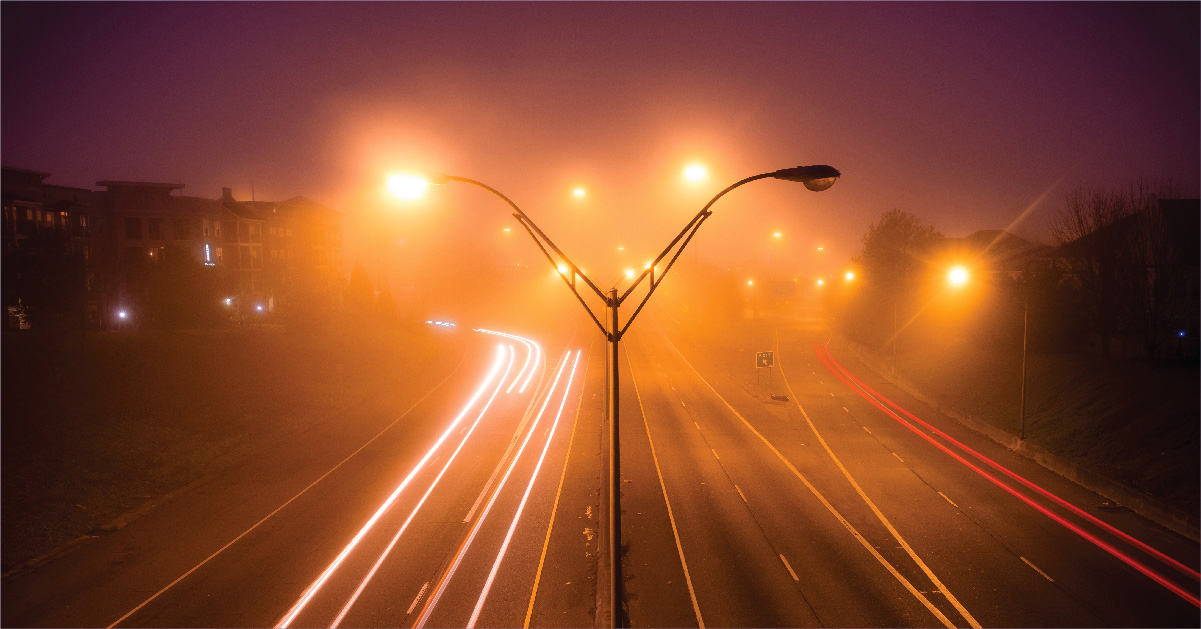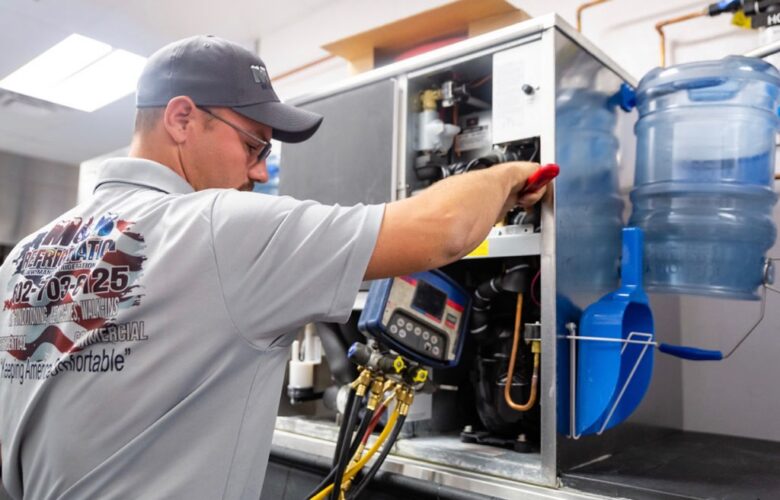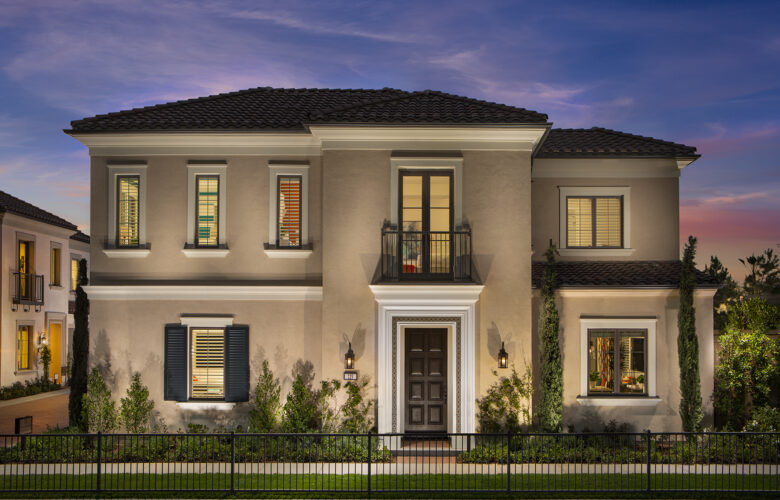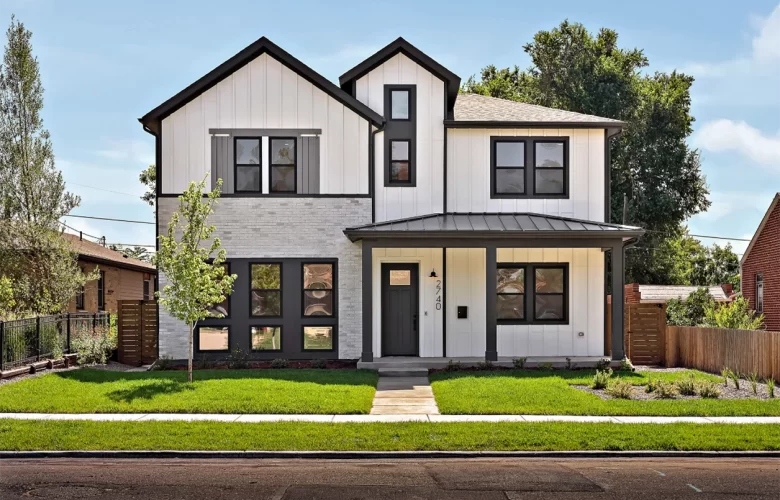In recent years, the importance of intelligent lighting solutions in the development of cities and buildings has been increasingly emphasised. Increasing connectivity and the adoption of industrial internet of things (IIoT) technologies into most smart city initiatives throughout the globe are expected to keep this trend going for the foreseeable future.
There are numerous benefits for cities that go beyond the simple reduction in energy (costs) and maintenance costs (which is significant when you consider that street lighting can account for up to 40% of a city’s total energy budget, and that new efficient street lamp lighting can reduce these costs by up to 50% due to its increased energy efficiency.
Incorporating Internet of Things (IoT) applications with intelligent lighting
Using street and other external lighting installations as the backbone of a network that provides services for the benefit of inhabitants, companies, and the local government is a concept for creating a smart city. As a critical component of a smart city plan, the implementation of intelligent lighting systems is essential.
Lighting choices for high bay and low bay
When picking between low bay and high bay lighting, some significant aspects to keep in mind are as follows:
For interior settings where the mounting point is less than 20 feet above the floor, Low Bay lighting is normally lower-powered and employed; beyond this height, they tend to create spots or pooling effects on distant levels. Warehouses, factories, and distribution centres all employ low-bay lighting.
Each individual luminaire is positioned closer together than in the majority of high-bay designs.
As a general rule, because of its ability to illuminate vertical surfaces at a shallower angle, it needs less complex lighting design (such as items placed on shelves).
Fixtures may have a ‘designer’ feel to them due to the fact that they are more readily visible from the ground than the bulk of high bay installations.
With a range of ceiling heights ranging from 20 to 45 feet, high bay lighting is better suited to larger, taller spaces.
Nowadays, the majority of smart lighting installations or retrofits use systems that are either sensor-ready or can be easily adapted to take use of the advantages of today’s internet-of-things applications.
It is feasible to monitor the environment, enhance public safety, increase connectivity through WiFi hotspots, and offer location-based services like smart parking and smart navigation by implementing advanced smart lighting systems in a city.
Important Thoughts To Consider When Looking At Smart Lighting Solutions
Smart lighting systems that use networked technology give an exciting opportunity for cities and communities looking to improve their intelligence. The following are the primary benefits:
- Reductions in both energy and maintenance expenditures are enormous.
- Improved public safety, safer mobility, and less energy use due to brighter lighting.
- The fact that they serve as a platform for the delivery of smart city services opens up new avenues of opportunity.
Pedestrian Signal Control Mechanisms
- Automated parking lot traffic management for electric car charging (EV)
- Video cameras are used to safeguard the public from environmental hazards (emissions, noise).
The usage of smart lighting may be the cornerstone of a smart city network. But cities must be aware of the myriad technologies and procedures now in use. Early thought must be given to issues of interoperability, data security, and network redundancy. There should also be thought given to the network’s overall size as well as any future changes to the programmes or features that will be used.




